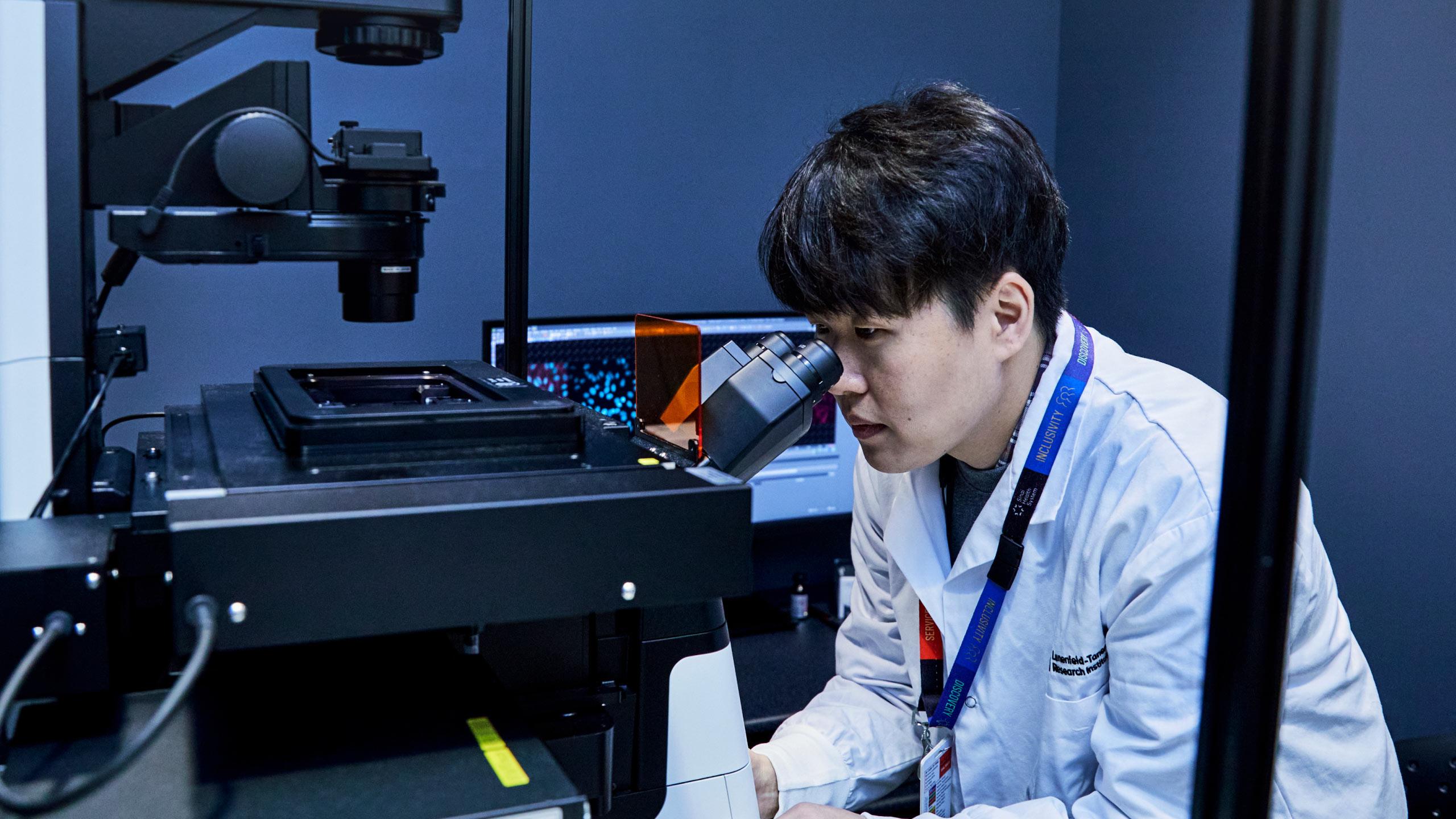Labour and Birth
This page provides information about birth and what to expect right after your baby is born.
If you have urgent concerns but are not sure if you should come in to the hospital, call Labour and Delivery Triage at 416-586-4800 ext. 3210.
To learn more about having your baby at Mount Sinai Hospital, please visit the following pages:
• Birth preferences
• What to bring to the hospital
• What to do when you are in labour
Information about birth
Support people and visitors are welcome at the hospital. Please see the following limits and restrictions.
One dedicated support person (with limited switching) is permitted in the following areas:
- Labour and Delivery Triage
- Post-Anesthesia Care Unit (PACU)
- Operating room
Two dedicated support people (with limited switching) are permitted in:
- The Labour and Delivery suite
Masks must be worn in all patient rooms and the waiting rooms.
No visitors under age 12.
No visitors in waiting rooms after 10 p.m.
Eating is not permitted in waiting rooms. Please use the eating area on the main floor.
There are many options to help you cope with the pain of labour and birth, with or without medication. Our care teams will support whichever option you choose.
Non-medication options for pain management include:
- Water therapy using tubs or showers
- Movement techniques like standing, walking, swaying and changing positions
- Birthing balls that allow you to sway or rock
- Breathing, visualization and relaxation techniques
- Help from a labour support person
Learn more about epidurals and other pain management options that use medication.
It is common for pregnancies to go past their due dates.
If you are past your due date, your health-care provider will ask you to come in for more frequent appointments to monitor your baby.
Your health-care provider will work with you to decide on a plan for your birth that may include a procedure called an induction of labour to get labour started.
Induction of labour
An induction of labour is a way to start labour if it has not started on its own.
Your health-care provider may recommend an induction for a number of reasons, including medical complications such as high blood pressure or diabetes, or if you go past your due date. If you need an induction, your health-care provider will discuss a plan for your labour and delivery with you.
If you are booked for an outpatient induction, please go to the Labour and Delivery registration desk on the 15th floor by the University elevators, where you will be directed to Labour and Delivery Triage.
You will be assessed by a nurse, and then a nurse practitioner or a health-care provider will start the induction process. Your baby will be checked before and after the procedure. You may be sent home with instructions and then return to the hospital for the next part of your induction.
If you are given a date and time for an induction and told that you will be staying in the hospital, you will be admitted to the Labour and Delivery Unit.
Planned Caesarean
Your health-care provider may suggest a planned Caesarean birth for a number of reasons, including if your baby is in a breech (head-up) position or if you have had previous Caesarean births.
Before your surgery, you will be given specific instructions to buy a special antiseptic wash for your belly to use the night before, and to drink 500 mL of a clear juice two hours before the surgery.
If you are scheduled for a Caesarean birth, please go directly to the Labour and Delivery registration desk on the 15th floor to be admitted. You should arrive two hours before the scheduled surgery time.
Our standard of care includes following Enhanced Recovery After Surgery (ERAS) guidelines to help you recover more quickly.
After your surgery, we will encourage you to walk as soon as possible. This will help you get back on your feet and reduce the risk of complications like infections. You will be able to eat a regular diet after the birth.
Please bring your health (OHIP) card and a credit card for any charges that are not covered by OHIP or your private insurance plan.
Placenta banking
During pregnancy, your body creates a placenta and other birth tissue to nourish and protect your baby. Though typically discarded after birth, these tissues have therapeutic properties that can help with hard-to-heal wounds.
Mothers Healing Others is Mount Sinai’s placenta donation program. It offers people having a planned Caesarean birth the opportunity to donate their placenta and birth tissue to help create wound coverings for people with long-lasting or chronic wounds.
If you are having a planned Caesarean birth and are interested in donating, contact our donation coordinator at [email protected] or call: 416-586-4800 ext. 7814.
There are many different kinds of births that may require special considerations.
Your health-care provider will discuss which labour and delivery plan will meet your needs if you will be having a:
- Breech birth
- Multiple (twins or more) birth
- Vaginal birth after Caesarean (VBAC)
Learn more about other types of births.
The blood in your baby's umbilical cord and placenta contains valuable stem cells like those found in bone marrow. If collected and stored, these stem cells may be used to treat certain diseases.
Parents have the following three options:
- No collection (placenta and umbilical cord are discarded as medical waste)
- Donation to a public cord blood bank
- Arranging private family banking in which you pay to be able to access the stem cells in the future, if needed
Planning for cord blood storage must be arranged before the 32nd week of pregnancy. Parents are welcome to choose any cord blood bank provider when delivering at Mount Sinai. Please discuss your plan with our team when you are admitted before the birth.
Insception Lifebank Cord Blood is an independent vendor in the hospital. A portion of revenues generated from its Mount Sinai Hospital location is paid to the hospital and directed toward supporting clinical research, education, medical equipment and other investments in patient care.
After the birth, your health-care provider will place two clamps on your baby’s umbilical cord, and then the cord will be cut between the clamps.
Our standard practice is to delay cord clamping for approximately one minute, if appropriate. This practice provides babies with additional blood volume and iron stores, which may improve infant development.
If you have arranged for cord blood collection, the collection will begin after the cord is clamped. Usually, an adequate sample can still be obtained.
A vitamin K injection is recommended for all babies within the first six hours after birth. Babies are born with low levels of vitamin K, which the body needs to create blood clots. Vitamin K is given as a small injection into your baby's thigh and helps prevent bleeding.
An antibiotic eye ointment called erythromycin is usually placed on the lower eyelids of newborns in the first two hours after birth. This helps prevent a serious eye infection in babies that can be caused by gonorrhea or chlamydia.







